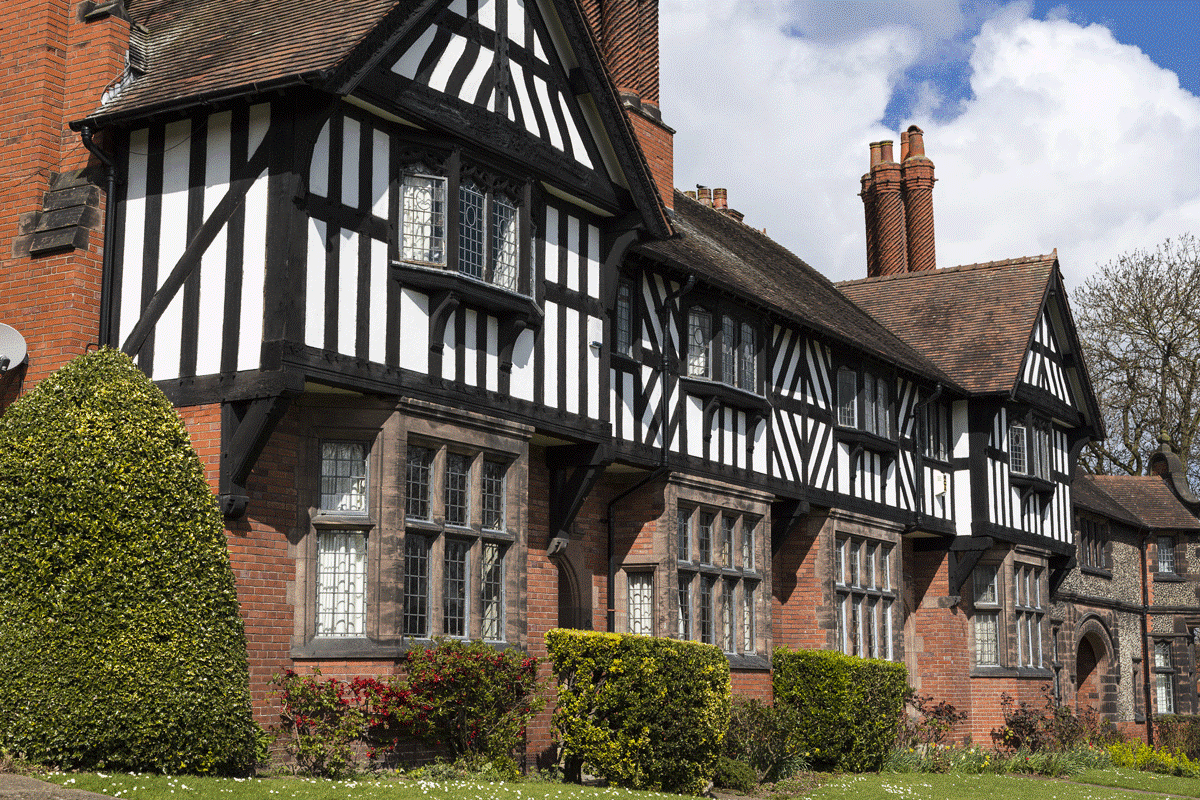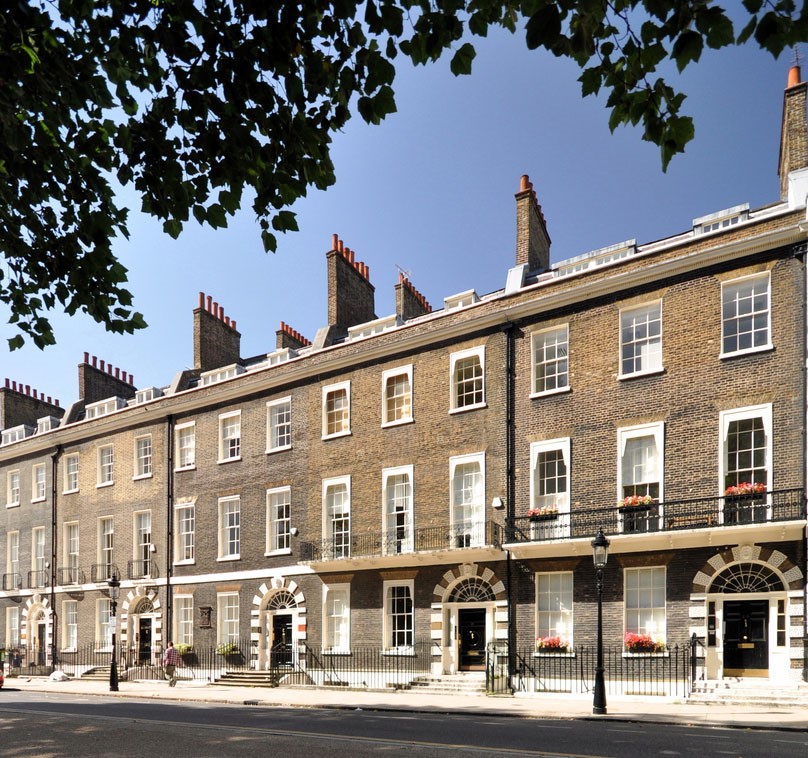What are the advantages and disadvantages of owning a home that is listed, and how would you approach rolling out any improvements or building work?
Listed structures make up a portion of the nation’s most seasoned and wonderful housing stock, extending across all periods and types of buildings, with even some stables having listed status.
These properties are highly esteemed, which is the reason why getting agreement to roll out any improvements to these structures can be a tricky process to explore. It’s important, therefore, to comprehend what you can and can’t change, how best to approach the right organisations to make modifications, and the probability of getting that agreement.

For what reasons are buildings listed?
Structures are given a listed status if they are authentic from a certain period and are of historical interest or importance. Listing them provides a protection from damage, change and any modifications that could harm their unique interest or importance in terms of heritage. English Heritage desires that all structures – in anything like their unique condition – built before 1700 are listed, as are a large portion of those built between approximately 1700 and 1840. To be qualified, a structure for the most part must be more than 30 years of age.
The Grades
Grade I: Buildings of outstanding interest. Applies to just 2.5% of listings, few of which are domestic homes.
Grade II: Particularly significant structures of more than just unique interest. Makes up around 5.5% of listed structures.
Grade III: Buildings of unique interest that might be smaller, newer or more domestic and by far the majority of listings in the UK.
What is it like to own one?
On the positive side, it implies you will possess a significant piece of history which adds to the region’s heritage and holds specific intrigue, and this can increase the value of a structure. In certain conditions awards are likewise accessible for fixes and changes from English Heritage.

One of the drawbacks is when it comes to doing modifications on the building which is a more complicated process than with a non-listed property. However, it is possible, and the results can be amazing if you choose a construction company which plenty of experience. Consider Building Services from https://www.piggottandwhitfield.co.uk/building-services/
What can and can’t I do?
The most secure approach is to initially assume that no piece of the structure is excluded from the listing. Remember the listing can likewise extend to out buildings too (that were on the site preceding 1 July 1948) and connected structures and items. Every property is unique and should be surveyed on a case-by-case premise.
Your neighbourhood protection official is probably going to support changes which resemble like- for-like substitutions. Including contemporary new windows won’t be allowed for example. Remodelling a listed home requires a lot of time and effort, especially as listed status gives the property lawful protection.
Attempting to set up what work needs assent and what doesn’t is not always straightforward, yet it’s imperative that you understand the basics, in light of the fact that unapproved changes can be liable to enforcement proceedings and even criminal prosecutions.



